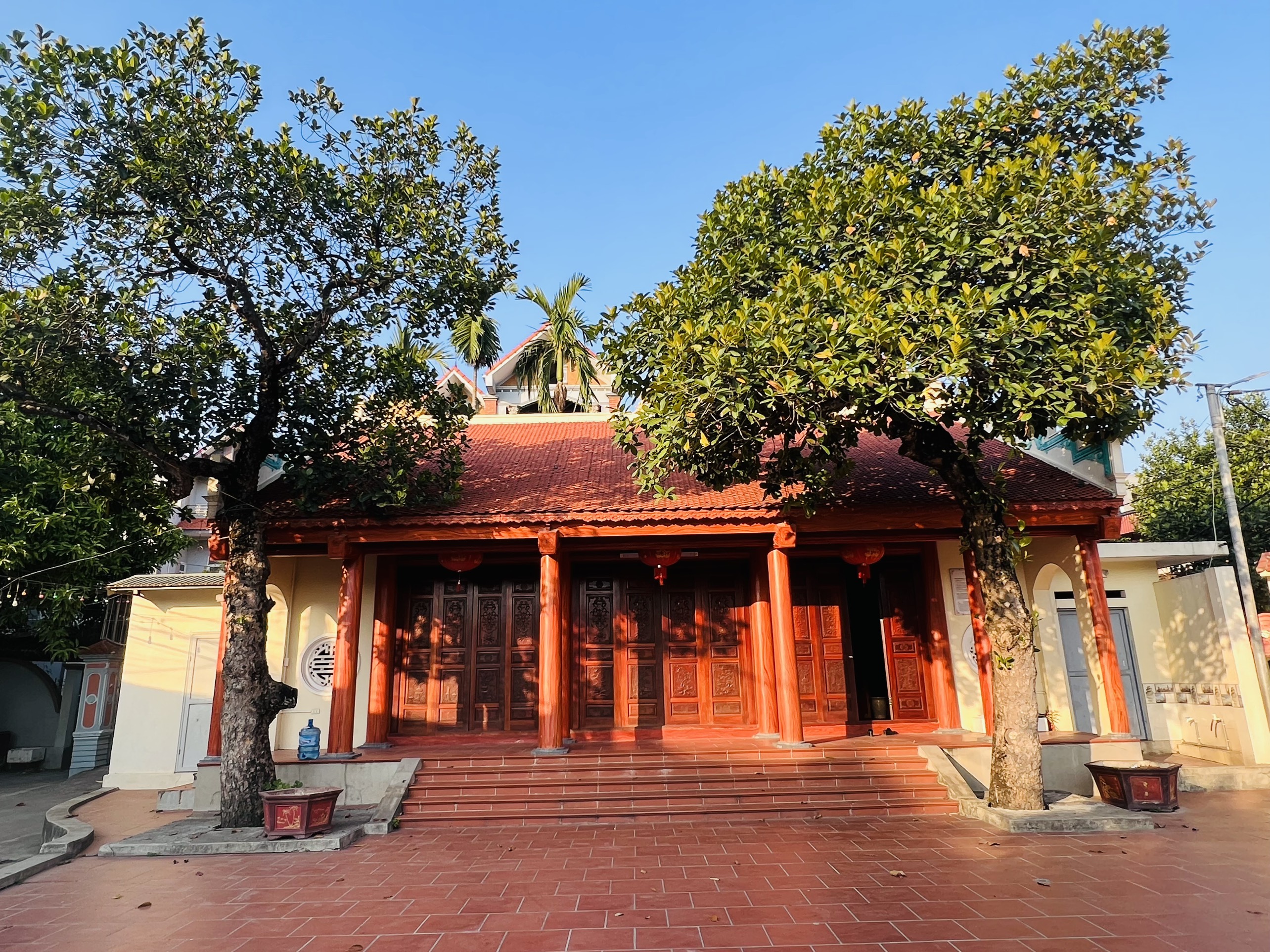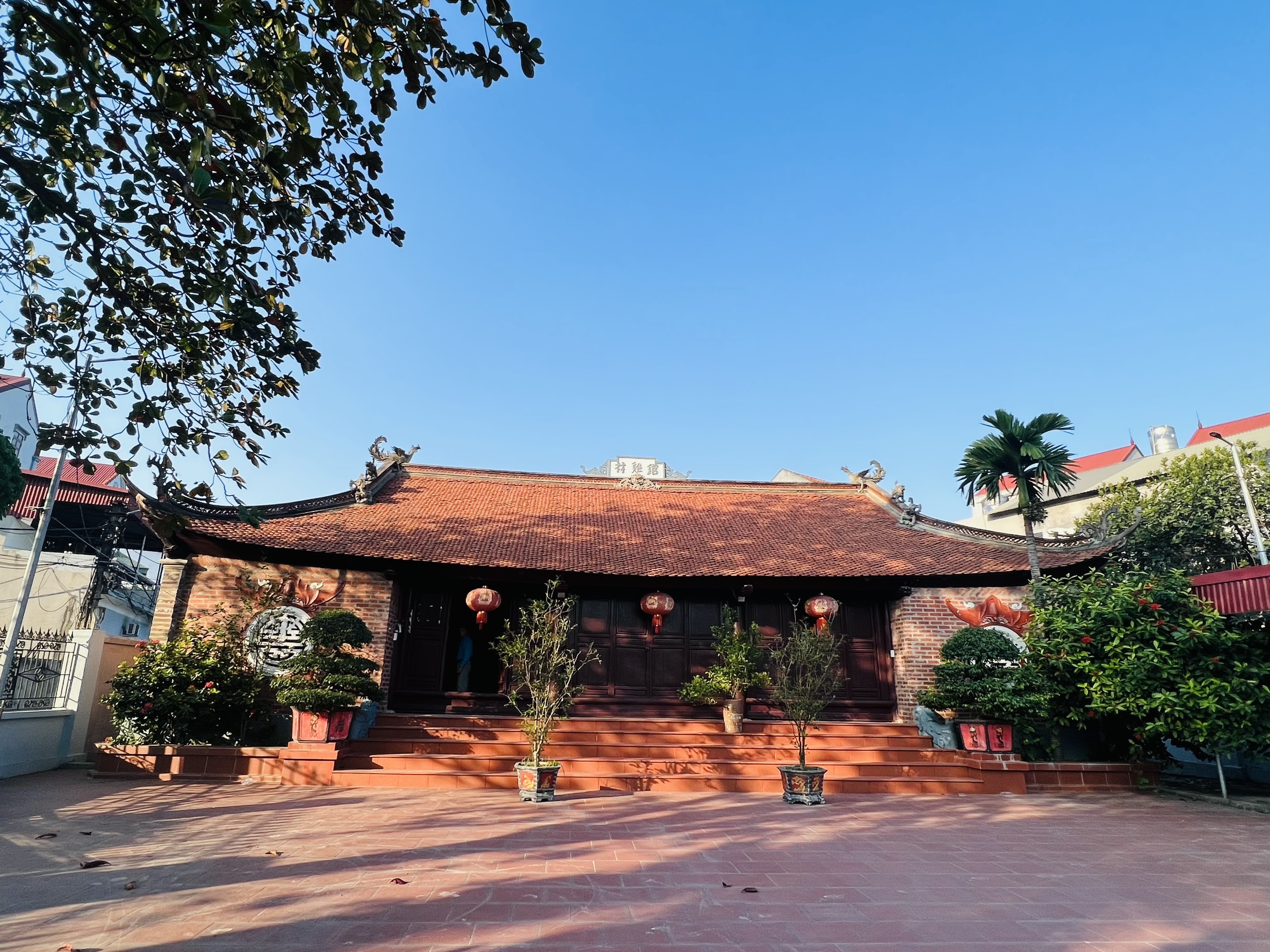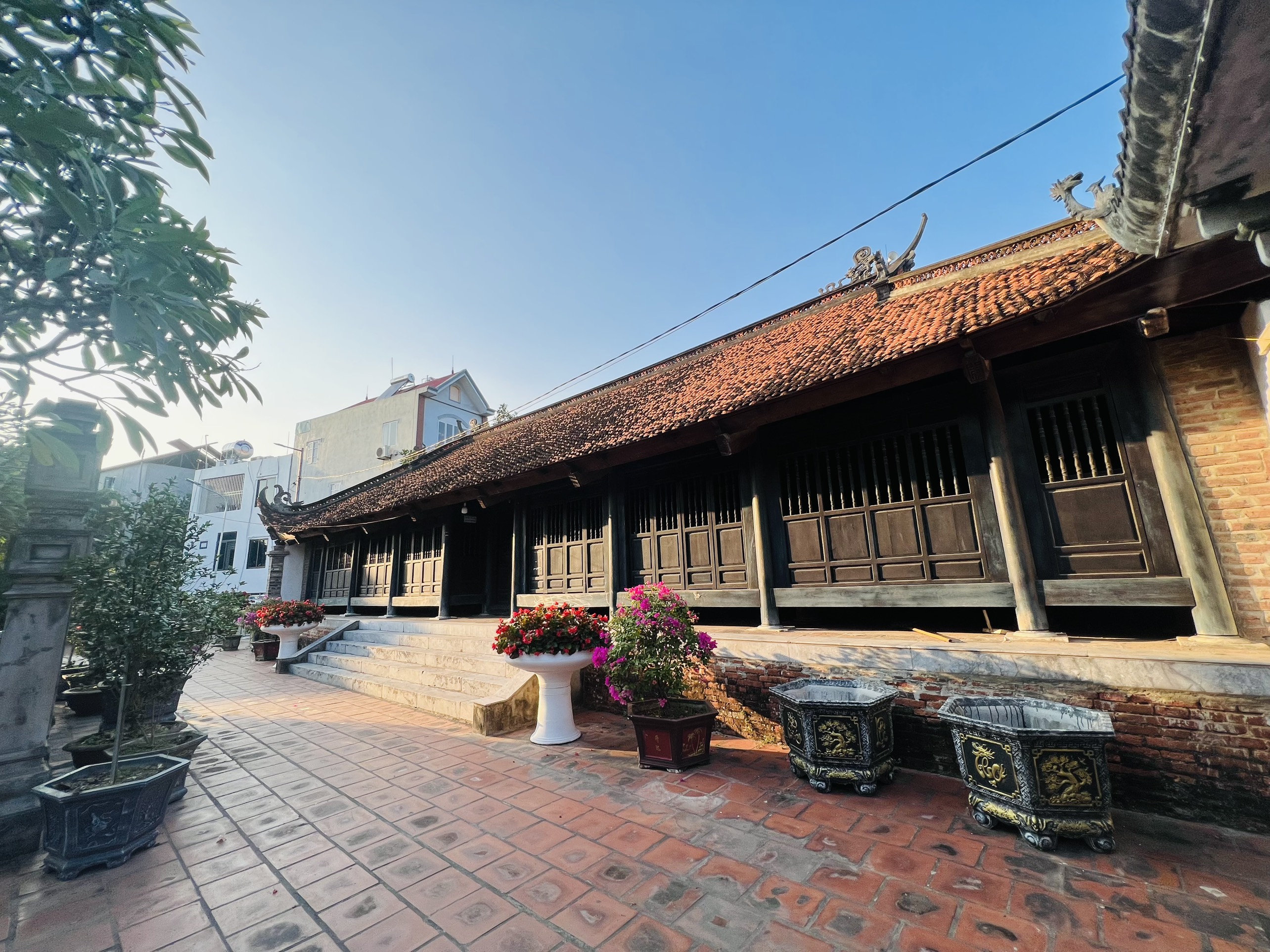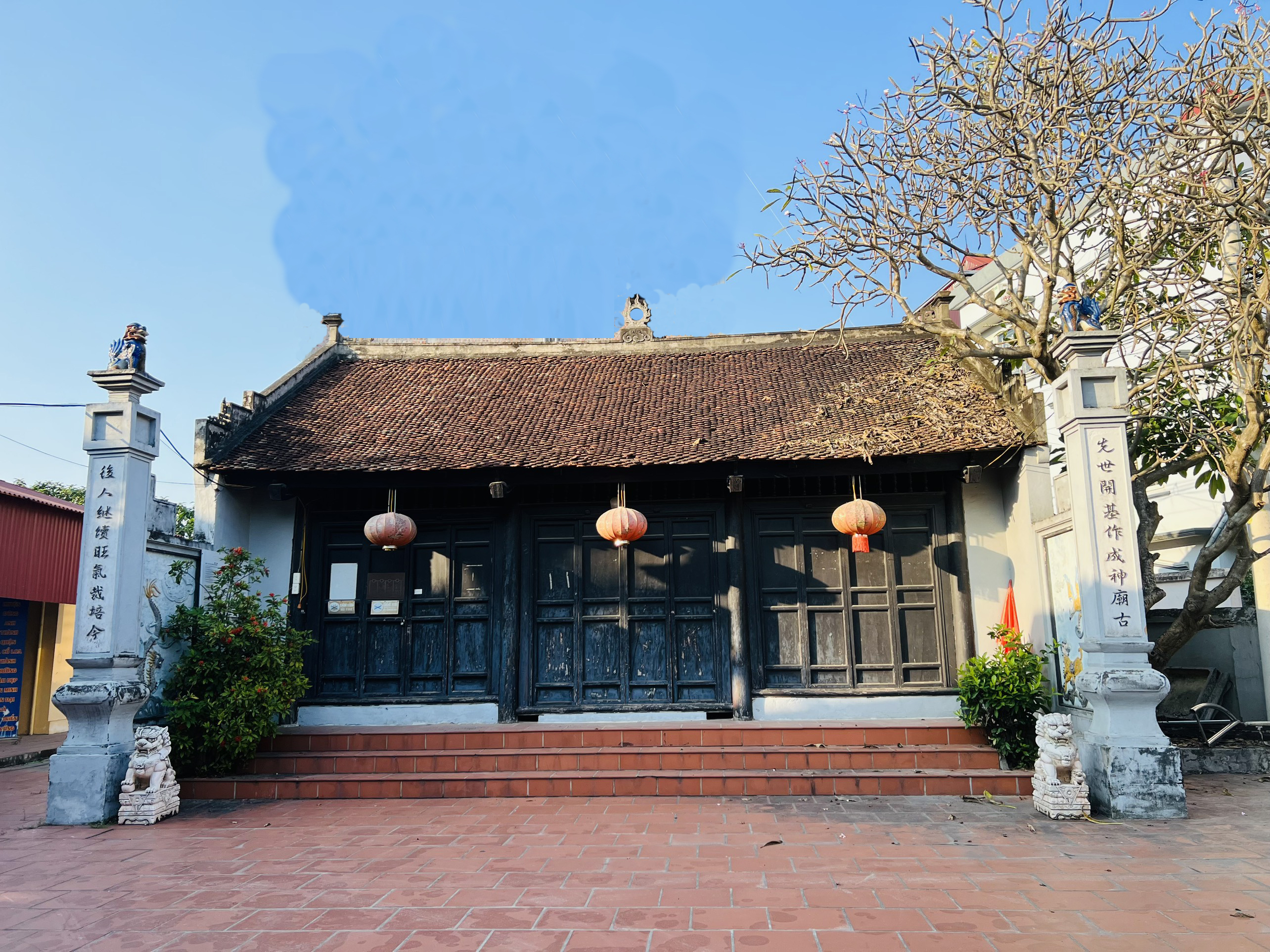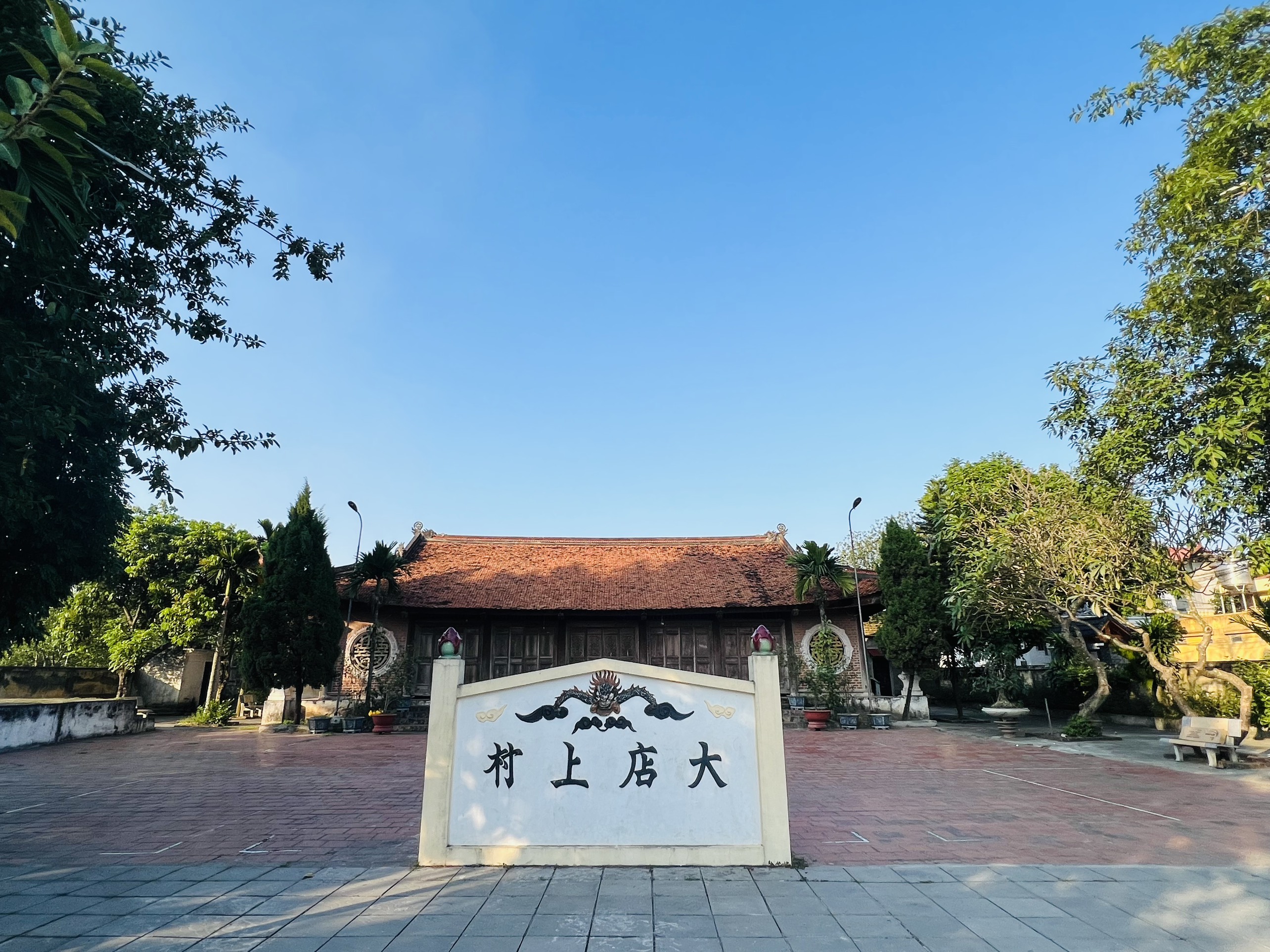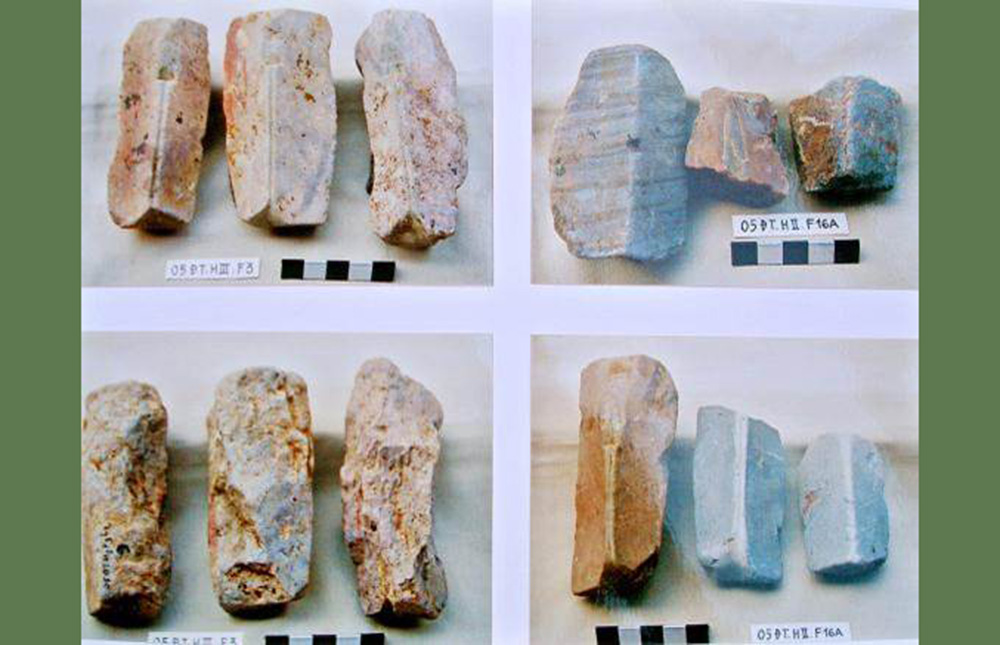
In January 2005, according to the plan to restore and embellish the An Dương Vương temple area (Thượng Temple) of the Management Board of Hanoi Monuments and Landscapes, the Institute of Archeology was invited to carry out an archaeological survey plan. learn. This is the first excavation in the Internal rampart of Cổ Loa relic.
Archaeologists have opened 3 excavation pits, in the 3rd cultural layer from the top down called Cổ Loa layer belonging to the last centuries of the 1st millennium BC to the beginning of AD, there are currently 2 areas related to bronze furnance. The entire furnance area is covered with a thick layer of ash coal, in the middle there is a red clay area due to being heated. There are many clusters of tiles placed face down or face up consciously, almost forming a belt around the area with ash coal. Found 36 pieces of stone mold scattered or clustered in the yellow-brown soil. The mold pieces lying on top of the ash layer and also in the remaining untreated ash layer are certainly more. Interestingly, at the edge of the furnance is a rather large cluster of stones, which are fragments of the mold or pieces of stone removed during the mold making process at the foundry.
 Piece of bronze arrow mold discovered at Thuong temple bronze arrow furnace
Piece of bronze arrow mold discovered at Thuong temple bronze arrow furnace
In addition to a two-piece mold, the casting is a swallow-wing javelin, with a locking hole in the handle, and all the molds found here are three-piece molds for casting three-sided bronze arrows. The mold making technique is very high, the inside of the mold is very smooth and flat to ensure that the face is always tight, the small grooves in the middle of the mold make the edges of the arrow's shank always even.
Thus, after more than half a century since the discovery of the Cầu Vực bronze arrow warehouse (1959), we have discovered the place where three-sided arrows are cast that have long been recognized by Vietnamese archaeologists and called Cổ Loa bronze arrow.
